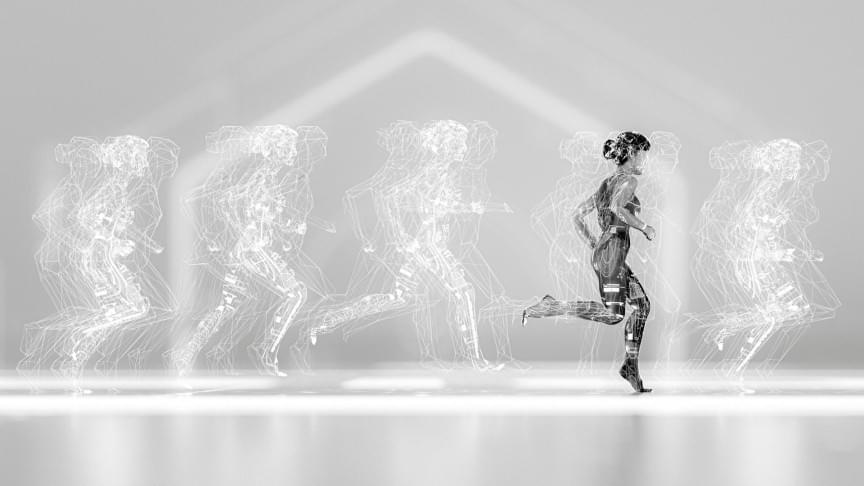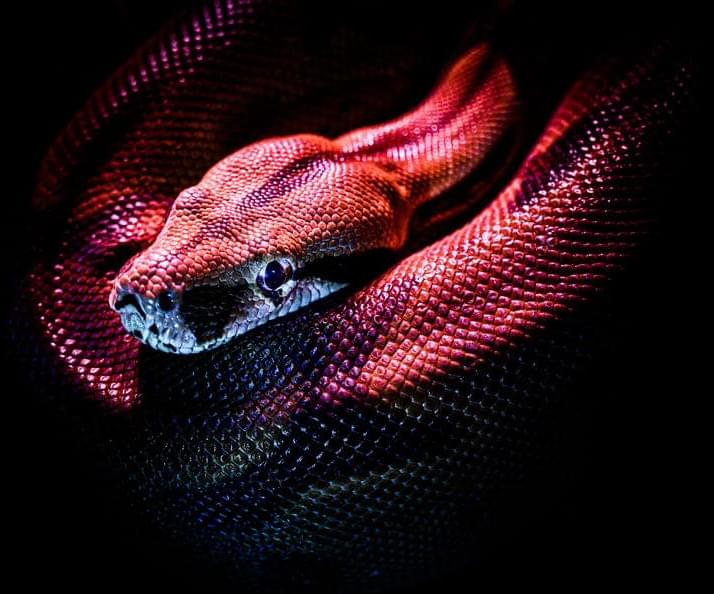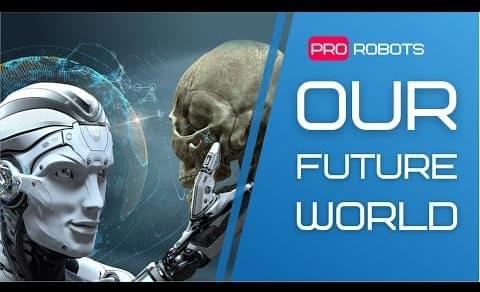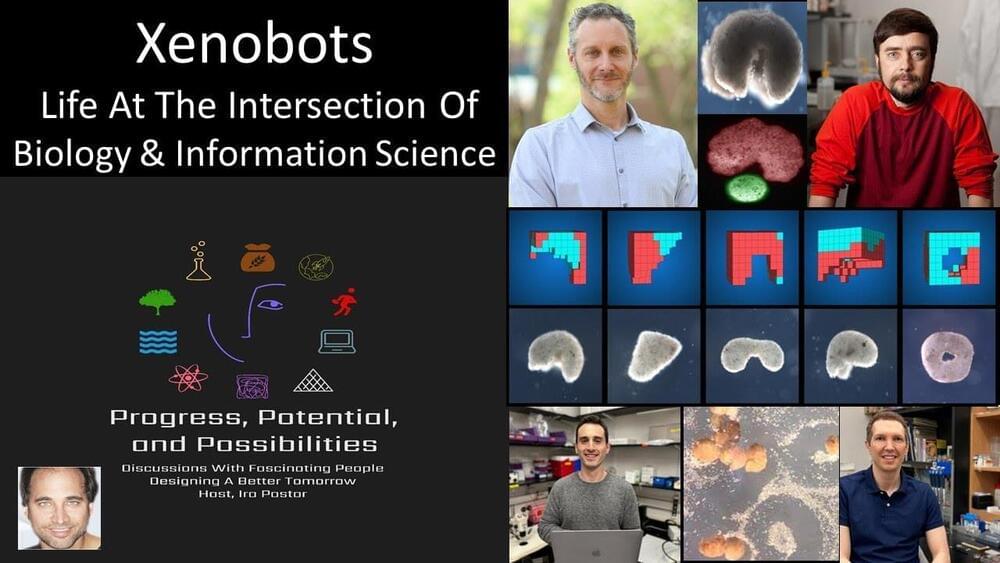Feb 25, 2022
Neuramatrix — How China may soon surpass the US in Brain Science
Posted by Kelvin Dafiaghor in categories: Elon Musk, robotics/AI, science
https://www.youtube.com/watch?v=sI7ik9zum2Y
Join this channel to get access to perks:
https://www.youtube.com/channel/UCDukC60SYLlPwdU9CWPGx9Q/join.
Neura Pod is a series covering topics related to Neuralink, Inc. Topics such as brain-machine interfaces, brain injuries, and artificial intelligence will be explored. Host Ryan Tanaka synthesizes informationopinions, and conducts interviews to easily learn about Neuralink and its future.
Continue reading “Neuramatrix — How China may soon surpass the US in Brain Science” »

















